 Apr10.001.jpg
Apr10.001.jpg
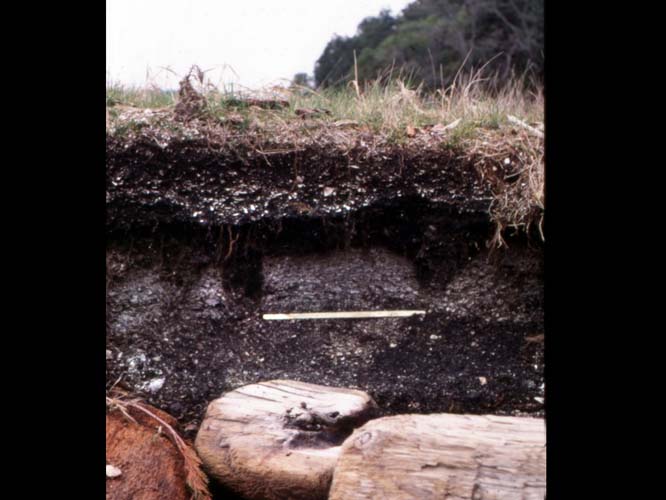 Apr10.002.jpg
Apr10.002.jpg
 Apr10.003.jpg
Apr10.003.jpg
 Apr10.004.jpg
Apr10.004.jpg
 Apr10.005.jpg
Apr10.005.jpg
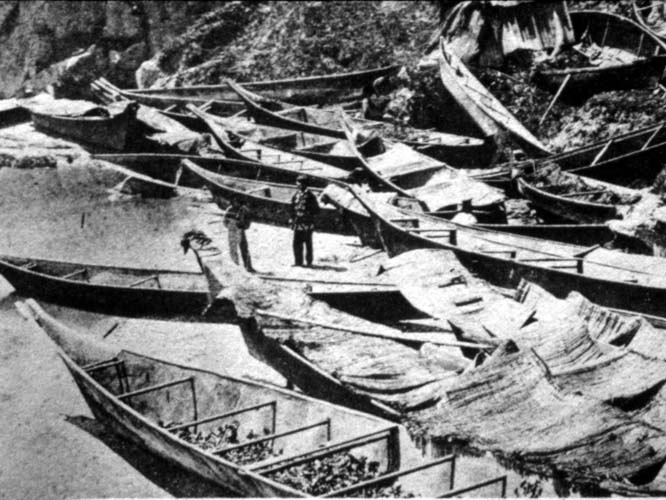 Apr10.006.jpg
Apr10.006.jpg
 Apr10.007.jpg
Apr10.007.jpg
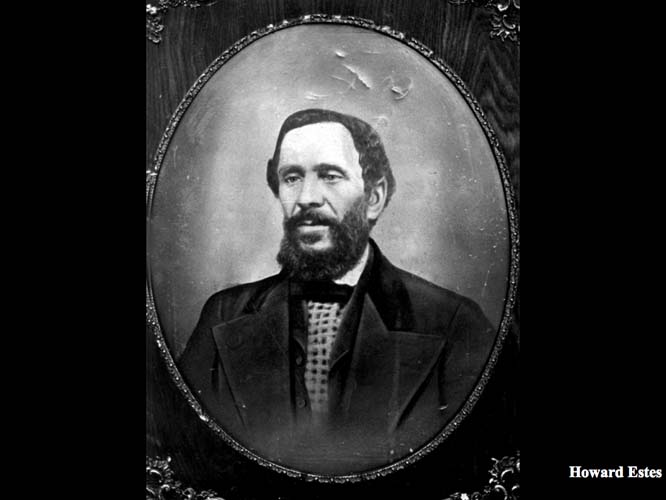 Apr10.008.jpg
Apr10.008.jpg
 Apr10.009.jpg
Apr10.009.jpg
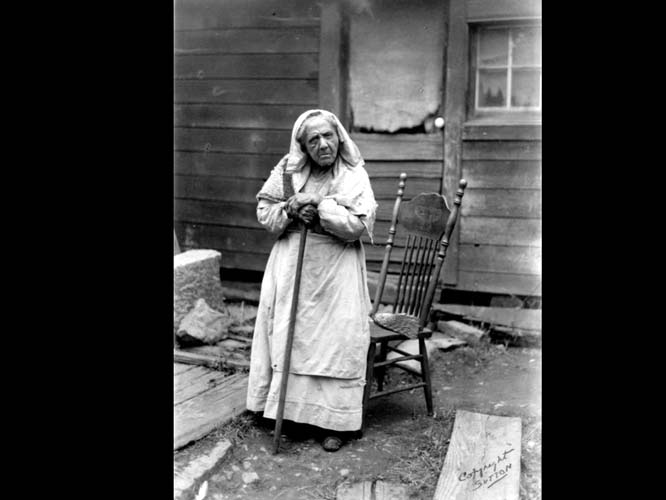 Apr10.010.jpg
Apr10.010.jpg
 Apr10.011.jpg
Apr10.011.jpg
 Apr10.012.jpg
Apr10.012.jpg
 Apr10.013.jpg
Apr10.013.jpg
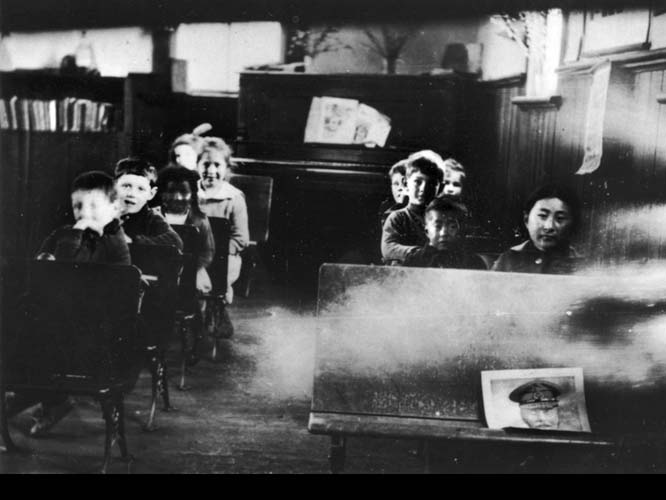 Apr10.014.jpg
Apr10.014.jpg
 Apr10.015.jpg
Apr10.015.jpg
 Apr10.016.jpg
Apr10.016.jpg
 Apr10.017.jpg
Apr10.017.jpg
 Apr10.018.jpg
Apr10.018.jpg
 Apr10.019.jpg
Apr10.019.jpg
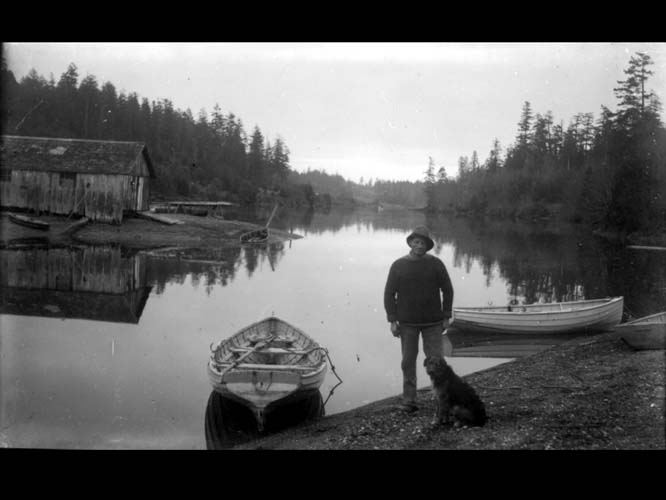 Apr10.020.jpg
Apr10.020.jpg
 Apr10.021.jpg
Apr10.021.jpg
 Apr10.022.jpg
Apr10.022.jpg
 Apr10.023.jpg
Apr10.023.jpg
 Apr10.024.jpg
Apr10.024.jpg
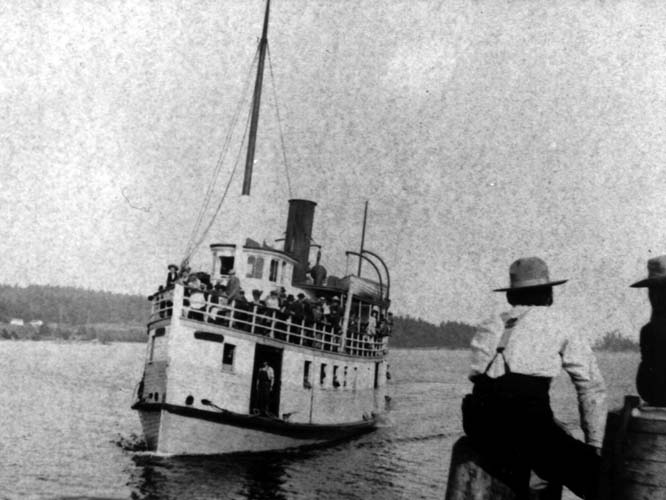 Apr10.025.jpg
Apr10.025.jpg
 Apr10.026.jpg
Apr10.026.jpg
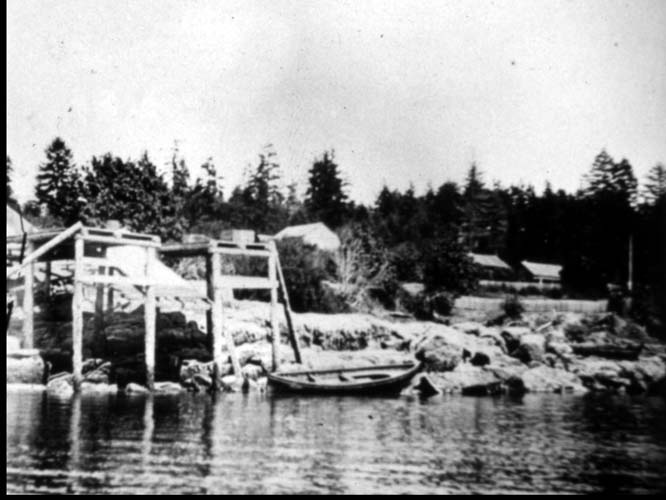 Apr10.027.jpg
Apr10.027.jpg
 Apr10.028.jpg
Apr10.028.jpg
 Apr10.029.jpg
Apr10.029.jpg
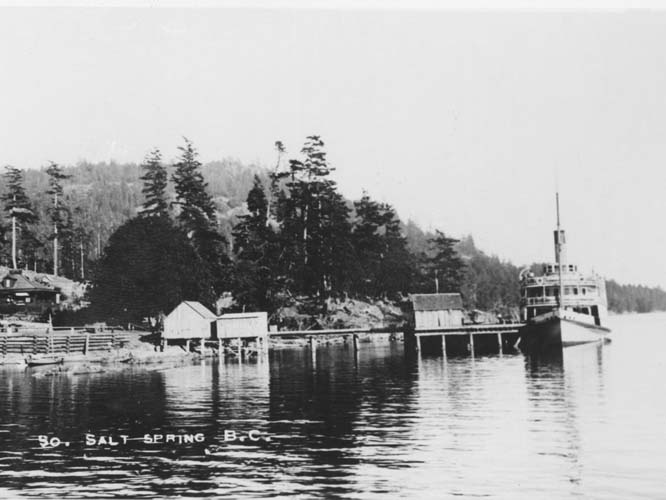 Apr10.030.jpg
Apr10.030.jpg
 Apr10.031.jpg
Apr10.031.jpg
 Apr10.032.jpg
Apr10.032.jpg
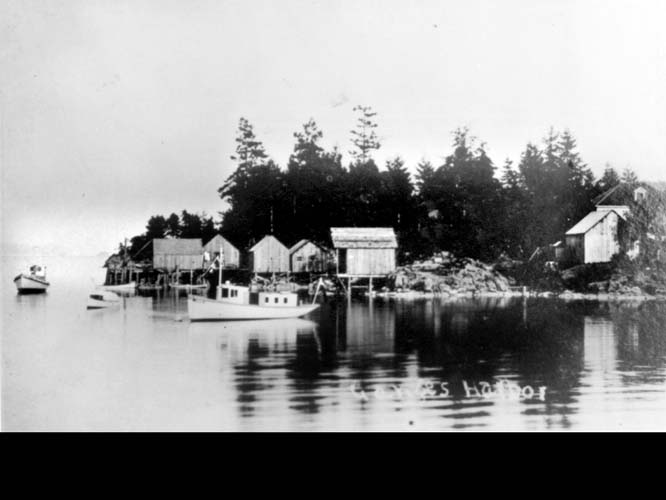 Apr10.033.jpg
Apr10.033.jpg
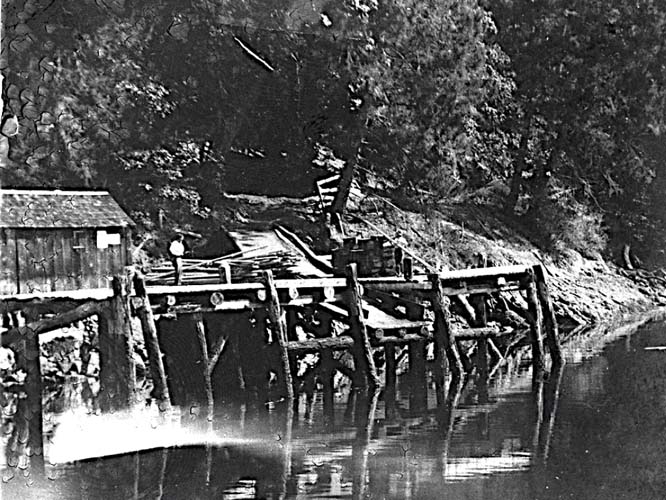 Apr10.034.jpg
Apr10.034.jpg
 Apr10.035.jpg
Apr10.035.jpg
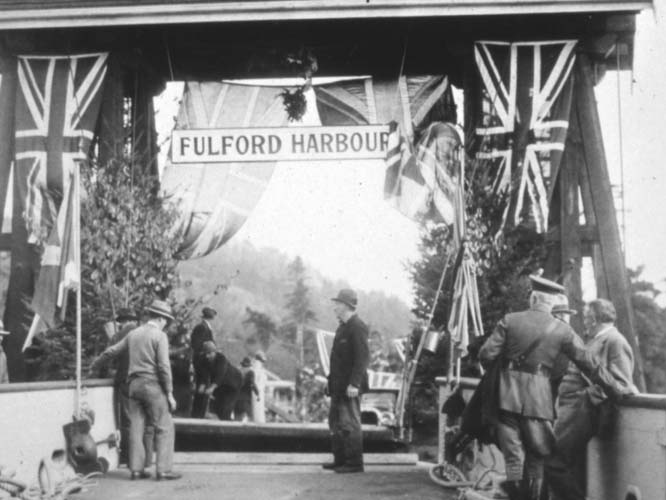 Apr10.036.jpg
Apr10.036.jpg
 Apr10.037.jpg
Apr10.037.jpg
 Apr10.038.jpg
Apr10.038.jpg
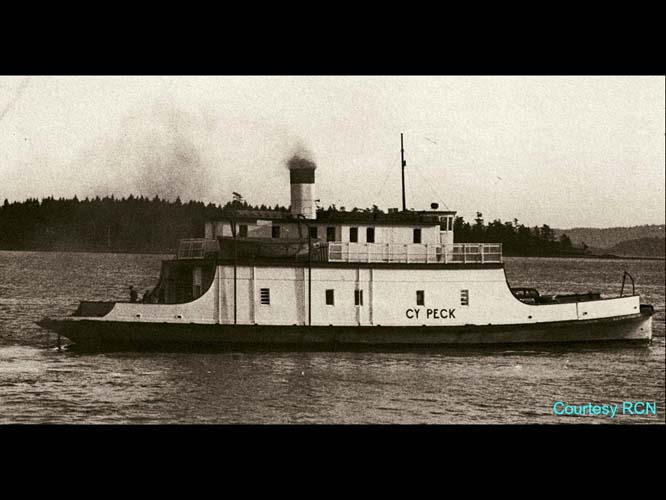 Apr10.039.jpg
Apr10.039.jpg
 Apr10.040.jpg
Apr10.040.jpg
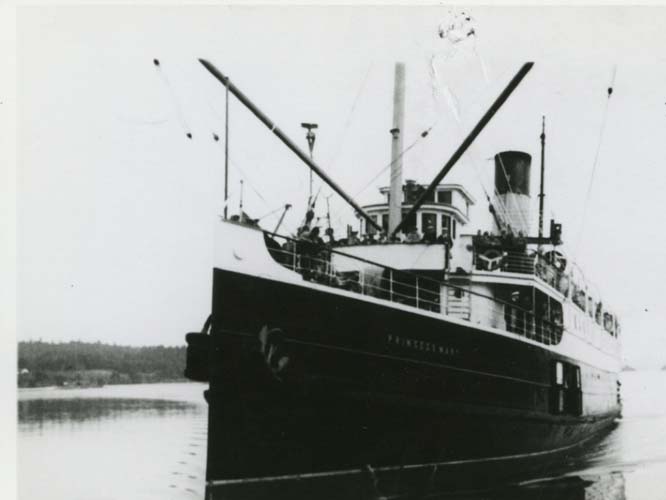 Apr10.041.jpg
Apr10.041.jpg
 Apr10.042.jpg
Apr10.042.jpg
 Apr10.043.jpg
Apr10.043.jpg
 Apr10.044.jpg
Apr10.044.jpg
 Apr10.045.jpg
Apr10.045.jpg
 Apr10.046.jpg
Apr10.046.jpg
 Apr10.047.jpg
Apr10.047.jpg
 Apr10.048.jpg
Apr10.048.jpg
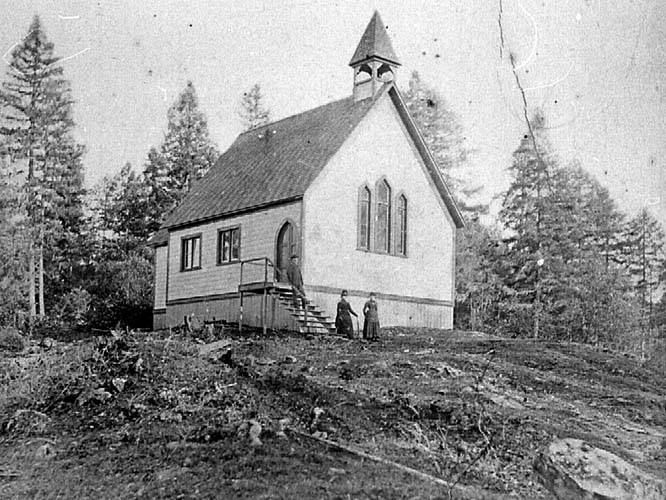 Apr10.049.jpg
Apr10.049.jpg
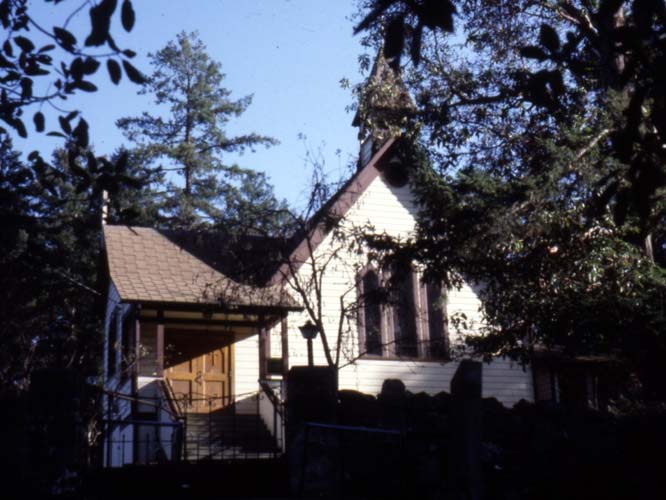 Apr10.050.jpg
Apr10.050.jpg
 Apr10.051.jpg
Apr10.051.jpg
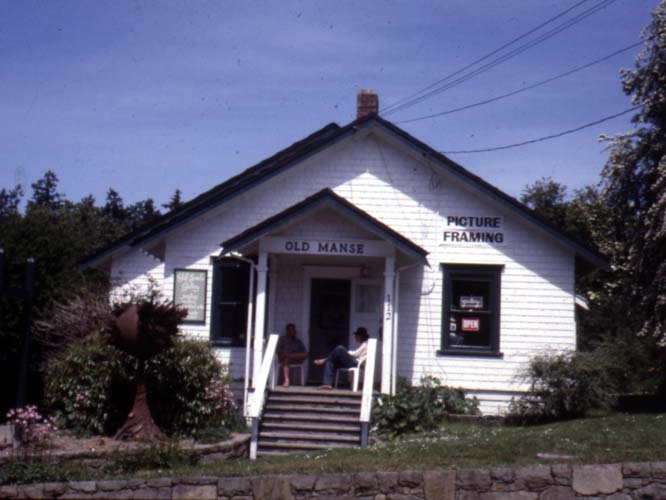 Apr10.052.jpg
Apr10.052.jpg
 Apr10.053.jpg
Apr10.053.jpg
 Apr10.054.jpg
Apr10.054.jpg
 Apr10.055.jpg
Apr10.055.jpg
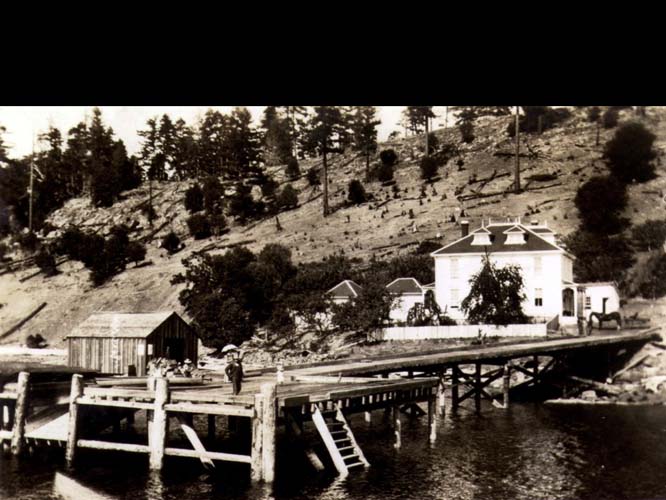 Apr10.056.jpg
Apr10.056.jpg
 Apr10.057.jpg
Apr10.057.jpg
 Apr10.058.jpg
Apr10.058.jpg
 Apr10.059.jpg
Apr10.059.jpg
 Apr10.060.jpg
Apr10.060.jpg
 Apr10.061.jpg
Apr10.061.jpg
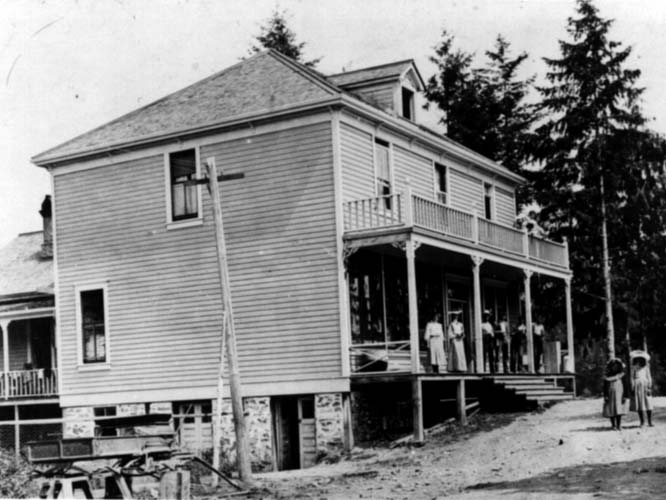 Apr10.062.jpg
Apr10.062.jpg
 Apr10.063.jpg
Apr10.063.jpg
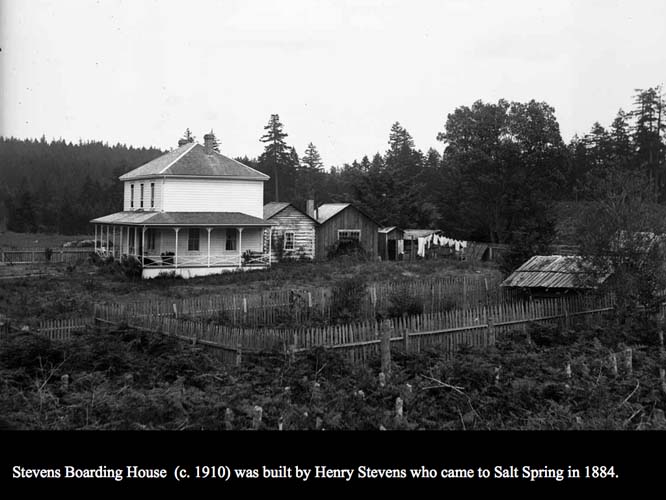 Apr10.064.jpg
Apr10.064.jpg
 Apr10.065.jpg
Apr10.065.jpg
 Apr10.066.jpg
Apr10.066.jpg
 Apr10.067.jpg
Apr10.067.jpg
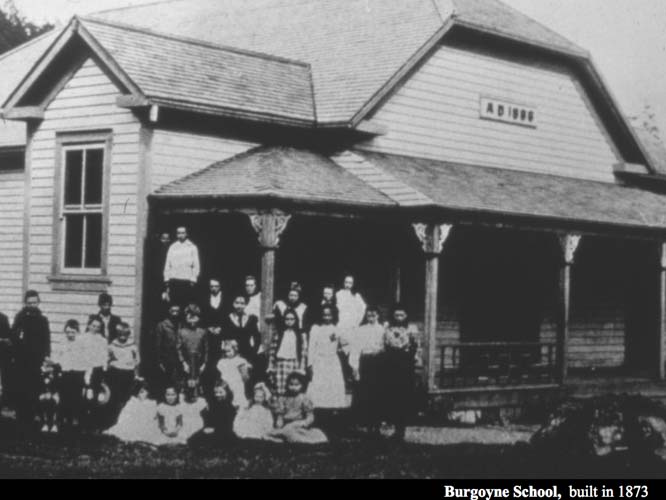 Apr10.068.jpg
Apr10.068.jpg
 Apr10.069.jpg
Apr10.069.jpg
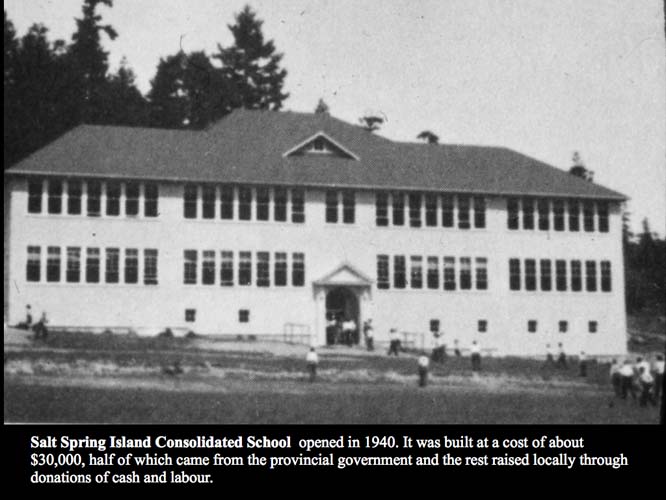 Apr10.070.jpg
Apr10.070.jpg
 Apr10.071.jpg
Apr10.071.jpg
 Apr10.072.jpg
Apr10.072.jpg
 Apr10.073.jpg
Apr10.073.jpg
 Apr10.074.jpg
Apr10.074.jpg
 Apr10.075.jpg
Apr10.075.jpg
 Apr10.076.jpg
Apr10.076.jpg
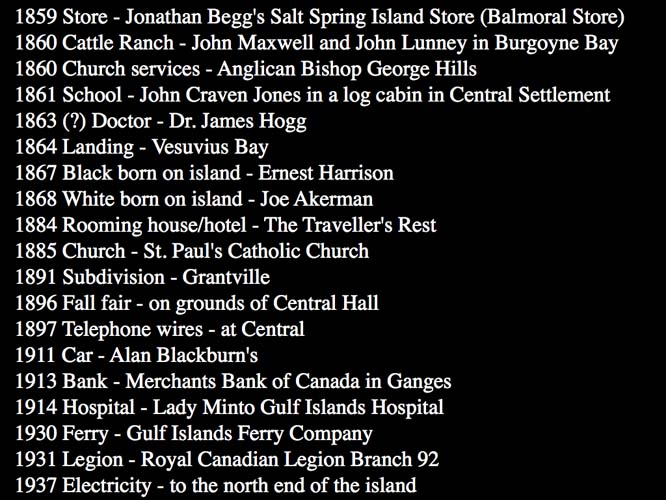 Apr10.077.jpg
Apr10.077.jpg
 Apr10.078.jpg
Apr10.078.jpg
265_Kahn_Pictorial-History-Saltspring.mp3
otter.ai
19.04.2023
no
Unknown Speaker 0:00
So I thought I'd start at the at the beginning, which which is before Saltspring was settled by non Aboriginal people, Aboriginal people were the first human residents on the island. And there's more than 130 Climate uns that show their their evidence. And this gives you an idea of, you know, where the middens are, they're all around was interesting, I found this on the Archives website. And I remember when I wanted to use this map in my, in my book, The Ministry of something or other Aboriginal Affairs or something, got really upset about it. And they wouldn't let me. And I thought it was going to have a little bit of a war about it. In the end, I didn't use it. But now I see it's on the website. So I figured it was okay to show it to you. Go ahead. So this is an indication of one of the middens that you will see, I think this must have been from a dig, maybe the one in long Harbor, Walker Walker. And you can see how what they did was they harvested shells, and just left them there, and they built up over over millennia. And then you get these these minutes. Reverend Wilson, who came to the island at 95 felt that the minutes proved that the Aboriginal peoples have been visiting Saltspring for 1000s of years. And here's a quote from from one of his publications 20 years or so ago, it was no strange thing during the months of May or June. I'm just going to turn that flashlight on. There we go. To see the shores of Ganges harmed or swarming with Indians 500 or more in number there long curiously shaped canoes drawn up on the beach, the object of their visit, being to dig roast and preserve the clam fish that these visits must have been made by in the same spot for centuries past as evidenced by the great depths of the clamshell soil. Three, four even in places as much as seven feet in depth with trees 200 years old or more growing in it. Indeed the theory Yep. And that's so that's, that's what he observed. He also went on to talk about how the natives here had things that they traded with natives in in in the, in the prairies, for the shellfish that they harvested and dried here here on the west coast. So the main Aboriginal settlements were in Fulford harbour Ganges, long harbor and Hudson point. There were first nations people living on the South Indian reserve, and Fulford harbour until the 1920s. So this is a picture of the reserve. Most of you probably know it, it's a lovely place to walk. And this is a picture of, we're told, I wasn't there. So I don't know that this is Charlie fellows and has the same name as me, ironically, interestingly, and he was the last native person to live on the reserve. And he has a very interesting story. He was saving up for a Potlatch. And I think the story is told in the Hamilton's book, it's apocryphal, so I didn't include it in my book. But the Hamilton was a much more interesting writer. And she included all kinds of interesting stories. Some of them are not necessarily accurate, but they're very fun to read. Anyway, apparently he was saving up for a Potlatch and then he disappeared and all the money that he had saved up and all the things he had collected for the Potlatch disappeared. And I think they found his kidney but I don't know that they ever found his body. And then because I'm quite sure he and his wife both disappeared. Do we know that that is what? We don't know that that's what this picture was? provided to the archives sometime after I finished my books. I wasn't able to use this in my book. But we think that that is Charlie. That's what we're told. Gordon Cudmore found several petroglyphs in Fulford Harbour. One of these was installed in Drummond Park by Ray Beth and Ray Hill who did quite a bit of research on petroglyphs. Gordon told me that he had found many of them and he told me that if I wanted to go looking at a low tide, preferably in the summer, when the tides get very low, that they were still there. I never did take him up on that. They're apparently in the harbor quite far out. And they're probably if they do if they do still exist, they're probably down in the mud right now. But he claimed that there are a lot of them there. Right now, these are the canoes that they use. And these were the canoes that first non Aboriginal people who came to settle here used to bring their things. They would often hire native people to help them bring their things and these were very seaworthy boats. This picture isn't from Saltspring. So these are the Salish canoes. Now non native oh, we're one picture Yes, of native women. So one of the things that people did when they came here, there were a lot of native people who, who lived here, possibly part time, possibly full time. They they weren't too happy to see all these non native people coming and kind of taking their land. And when first people came here, first non native people, they came here with permission of Governor Doug Douglas, but he wasn't all that keen about it, because he didn't have treaties in place with the native people. But he allowed them to settle on the land. And in some cases, the native people were quite hostile because basically, these people were taking their land. So one of the things that, that these are, some of the a lot of a lot of the people who came and settled here did was they married native women, because mostly they were single men who came here, and they often didn't have wives anyway, women were hard to find. And it's very hard to have a household with just one party and we can talk about that some more later, because there's some other interesting marriages that took place so they would marry a native woman. And by marrying the native woman, they became part native or their families became part native, and they were much, much more welcomed. So here's a quote from Margaret Shaw, Walter, who settled first on Galliano and then move to Saltspring. She says these native wives adapted themselves in a surprising degree to the white man's ways, learning also to speak English more or less. One thing seemed curious in this direction, the mothers often spoke to their to the children her own tongue, but the youngsters invariably answered, in English, at least those we knew did. And while these wives might be docile, this did not mean subservient. Should conditions become too uncomfortable, there was always the tribal reserves to fall back on, and how they had to choose between seeking them out there, or having his domestic arrangements put out of gear. This used to amuse my mother, who thought they were more independent in various ways than their white sisters. But such disagreements seemed to happen seldom and the union was as a rule kept loyally on both sides. As time went on, they might be moved or persuaded to marry legally. And one of such events we knew of took place when the father and mother were married, and their grandchild christened on the same day. Among the first nine native settlers were a number of black people that came from California. Unlike some, they settled mainly in the north end of the island in Vesuvius and Central, and they were active community members. So this is Howard Estes. He arrived on Saltspring in 1860. He'd worked in the gold mines of California turned money to buy himself out of slavery in Missouri, as these came with his daughter, Sylvia and her husband, Louis Stark. So this is Sylvia Stark, born in Missouri in 1839. She died in 1944, at the age of 105. Although nobody is really sure exactly how it's us, none of these black people were slaves. Some books say they were slaves, and that was a black colony here on the island. That's apocryphal to it's not true. Governor Douglas did not want a black colony on Saltspring Island. And he they did ask for a colony, they did want a place where it would all be black people together. And half of the people who first came to Saltspring in 1859, were black. But it wasn't the black colony. So that's, that's inaccurate. Now one of the reasons I love these pictures is a Central School. This is Central School in 1908 is to show you the diversity of people. There was a much greater diversity of people in Salisbury back then than there is today. Although I think probably more diversity now than when I came to the island 20 years ago. But it's interesting. You see the Japanese the blacks, it's hard to find a white person in that picture and this was in central up here, right where we are the school was on this property. So this is the second one is 1929. And then this is the inside of the school and I thought this is kind of fun because I can remember having a desk when I was a kid didn't look all that different from these which is kind of scary actually. And you realize how old you getting?
Unknown Speaker 9:51
But there are a few faces here I recognize who are about my age. Right so this is the Central School, either early immigrants included Japanese who were first brought to the island to help clear it and land to work on the farms. And Hawaiians known as Connexus, who originally came to Canada as employees of the Hudson's Bay Company. They settled on Saltspring when the Hudson's Bay contract, company contracts were completed. Unlike the black settlers who lived mainly at the CVS, most of the contract is lived in Fulford and we're involved in building St. Paul's Catholic Church. So we've we on the close ups now and we've got past the church. Yeah, there's the there's the church. Frank has got the close up. So you can see the people in greater detail, but this is the original church and you can see it I think it looks a lot better than the current church with its facing, but I don't know there may be people who disagree and I shouldn't say things like that, because I may get myself in trouble. But actually was interesting. We were where we were, we were looking at the the museum in Victoria. And somebody put some awful facing on that sometime. I thought it was wonderful and possibly in the 50s or 60s. I think it would be nice if they changed that too. Anyway, but you can see again, you know, the diversity of people, while they're mostly mostly Hawaiians, but you know, you just don't see pictures like this today. We're very whitebread here on Salisbury. Now, that was a well might have been actually do we know? I thought we don't we don't actually know if it was a wedding. I always thought it was when they consecrated the church. A lot of research on that. She's convinced it cannot be. Division is most likely a multiple picture can be dated because there's a bell in the steeple. repaired the church saw the date on the belt at 87 which is after church. So there was something in the draft when when when Emily was doing Yeah, remember that
Unknown Speaker 12:13
this is the kind of thing we should be debating themselves. Okay, then, the story of the church is kind of interesting. It was consecrated on May 10 1885. As a first cat first church on the on the oldest church. The five acres of land for the church were donated by Howard, Horace John Shepard, who was not a Catholic himself. The lumber for the building was brought from couch and by dugout canoe to Burgoyne Bay, and then by ox drawn stone boat through the forfeit ribbon Valley. And this is this is a stone boat. I had a pointer here, but I think I've lost it. Oh, no, here it is. I thought maybe I'd lost your pointer. Yeah, so this is the stone boat here. And they brought a lot of things from from the what are known what was known as the butter church. Many of you probably seen the butter Church on the sun, the reserve in Cowichan. And it's quite a neat building. It's still reasonably intact, the walls are anyway, the roof is getting a little inside. It's kind of derelict. But it's kind of interesting to think about what it's like going to see one of these old churches in England you know that but they're still functioning but this one isn't. But it's built with the same kind of materials big, big stone, big stones and they took the materials from that church well let me read you this quote. The Windows including one stained glass window the door and the Bell came from the dismantle stone church near Cowichan Bay known as the butter church because the proceeds of butter sales from FOD Father Peter Rondo's farm had partly paid for it. For this reason, people often said that the Catholic Church at Fulford had been built by robbing Peter to pay to buy to pay Paul. So this, this is the way they brought their supply by stumbled. Now we'll get on to transportation. I've kind of divided this up into sections, you know, early settlement, people who came it's not it's not by any means all inclusive, it's just a sampling. So early transportation in Saltspring was difficult. For many years, there were no roads and only a few footpaths. People settled along the coast and traveled by robots not unlike this one shown in Booth canal in about 1911 people thought nothing of rowing 15 to 20 miles a day with boats full of goods. Friend of mine Phil Grange apparently owns this boat. And apparently it is voted belong to Moats. So you know that you don't know. Anyway, according to Phil, this book belong tomorrow. It's And he somehow has acquired it. And it's in his, what he calls his boat shed being renovated for the second time. But I thought that was an interesting, interesting story. So I throw it in
Unknown Speaker 15:19
Weren't they beautiful? Yeah, lovely. We have then here's another one. And you can see the way people dressed in those days too. I can't imagine doing something like this dress like that. I mean, I'm not expecially dressed up now, but I'm dressed up compared to our way I usually look. Because I'm standing in front of a bunch of people but but imagine just going rowing with hats and suits and stuff like that. So here's here's a story about in 1910 curl. Simon's I'm not sure if he got his first name right. The teacher at Beaver point school couldn't get his wife to the doctor by road when she was in labor. He had no alternative but to row her to the bed is home where Emily bed has helped deliver the baby. Simon says account of his return home is a good indication of the progress that travelers faced. The return home in December was in its way an odyssey. It was a bad day very wet, and with a rising wind Mrs. betta sauce into a small rowboat, I had borrowed, hot bricks were put on the floor and a shapeless bundle of rugs etc. That was my family was installed in the back. We wrote to the Bowman sawmill in Cushing Cove. So there's the bush, the Bowman sawmill, and those of you who read the book that I wrote with Chris Hatfield, know the story about the big nail down there. And this is when it was in its heyday. Now no more he says because he's written this book several years later, where the foreman boosted them up a ladder, a steep ladder to a little cottage. Here a short rest and some hot cocoa did wonders. The next step was to board the old steamer Iroquois, which not long afterwards, was lost with many good lives. On it, we reached beaver point worth in a gale and build it and Delage here another good friend still, my good friend, Mr. ruckle, lent us a horse and buggy and we drove home, avoiding falling branches with more luck than skill. There Mrs. Monk had a nice fire going and took charge while I drove the carriage back in pitch darkness, finally returning to a little scene, which I can only leave you to imagine. So here's this this fellow who actually So did he start that School in Victoria? Summers? Yeah. Yeah. So he, he started that School in Victoria and he's quite a sophisticated person and he's living in, you know, in a remote area near Rucker Park. He's probably in a little cabin that he was renting from from Henry Rocco. And, you know, having to travel in this way that I've just read, to have his, for his wife to have a baby and then to get the baby back. It's amazing that they survived. And yet they did, didn't they? So this is the Euro quoi. This is euro core arriving in Ganges. It Adam, it had a checkered career. You can see in this talk, I jumped from one thing to another, but this is still transportation. So it's and Sue knows this very well because this is originally still gave a talk on on boats and a lot of this is Sue's original pictures. So this is 1907 was owned and operated for Captain a series a trip the Gulf Islands from 1901 to 1911. When it sank off Sydney in stormy weather, it was very, very close to shore. Everybody could see it, but they couldn't do anything about it. They couldn't get to it and I quite a few people drowned. 20 passengers and crew drowned. Fewer from Saltspring the vessel was overloaded, and Captain Sears was indicted for manslaughter and lost his license. Somehow living on an island always brings us back to boats. We have various today in lots of words for both DeLanda the first settlers had no docks and few boats. So here are some of the boats that were very important on the island. This one's called an app for launch. It was owned by Frank and Jeff Scott, and was used near their near their fun there were fun Fruitvale on long harbor Road, about 1896 This is when possible they raised sales on both canoes and robots to make them faster and easier and more efficient. And everything had to be transported off the island by by boats and these these people were more upscale and in many because there were a lot of people who just had robots to take their their fruit mostly fruit off the island. So this is the Fruitvale worth at 96. We just flipped through that next year. This is the mod which was a steamer owned by the Kane Pacific Navigation Company from 1883 and the mod sale of the east coast of Vancouver Island and the Fraser River. And this is the Amelia at Vesuvius worth about 1889. This small book was owned by Captain Butler, who took passengers from Victoria to Vesuvius. The boats went down the two suicides of Saltspring, between Victoria and Nanaimo. And at the beginning, when people first came here, there were no words so they had to roll out to these boats if they wanted to go to Victoria and Nanaimo. Or if they wanted to pick up goods that were being brought in. Eventually, these works were built. So which one are we at now? The full fricking Fulford harbour worth built in 1891
Unknown Speaker 21:03
Yeah
Unknown Speaker 21:07
the mod was in the nether Yeah. Okay. This one, I think this is the Jones. The Joan hatful for docking but at 95 This is one of the first boats to regularly visit the island. Okay, next one is one of my favorites. I like this picture because it says a lot. This would have been probably on a boat day and mail was brought in and people were coming down to the docks. Again you can see how formally dressed everybody is. Whenever even when my dad moved to Saltspring he still wore we still worried he still wore a jacket and often patiently a tie. I think eventually I got him out of the tie but he still had the white shirt. I don't think I own a white shirt Yes, so this is kind of interesting with mold store nearby Ganges was the main center on the island. Islanders congregated on the work to meet the boats bringing the mail and necessities from a late summer buy er cart right? This is the cart right. On both days we congregated again is worth to meet the boat supposedly to get the mail but actually on the chance of getting the Purser SS Iroquois to relent to open the bar and let us have a drink. The said personally when he was feeling his best might even be persuaded to part with a bottle of whiskey. Okay, so this shows you mo its store. I have to be careful how I point this out because I could destroy myself. That's the store. They're the original store. And the sheds and so on that were on the on the wharf. I think in this picture, yes. I think this boat home if I'm correct, belonged to Ribbit in court and it was called the victor. And this boat here belonged was the Ganges and belong to mo it's and read Betancourt was somebody who started a store in Ganges he had the first store in Ganges 1900. The story that we now know as mullets, well, this, this was the original one it doesn't exist anymore. The the store we now know was was built decided. It was built by by Malcolm and Purvis, who were to two fellows, two cousins from Ontario, who had married sisters and moved here. Malcolm was a blacksmith, and Purvis was a more or less more or less a businessman. And they opened for first they bought Broadwell store, which was just across the road here at Central. And then they decided that things were kind of moving towards Ganges this was in so I guess this is a book answers to in about 19 1900 When didn't quote, opened his first door. They opened a store here in Ganges in 1904. And mo it's bought it. That was Gilbert Moen. Its mother bought it in 1907. So they laughed because Joe Malcolm died suddenly and the families moved back to Ontario. So moving right along.
Unknown Speaker 24:47
Oh yes, this is Musgrave landing, right. So yeah, Musgrave landing was kind of an interesting place because they they didn't have much to do with the rest of the island. They most gravitated towards couch and Bay. Still, to some extent, there was a fellow I don't know if he's still living there who had a boat there. And he had kept his card and couch and Bay. He never went to Ganges. He just took his boat across the couch and bang went to Duncan. So that was kind of interesting, the way the island developed, you know, there were no roads, everybody came by boat, there are communities all around the island. I was thinking I should have had a map that showed you all the communities, you know, all around the island, you know, beaver points was a community doesn't exist anymore. Christian Cove was a community or all those people working there. The steamships stopped in each of these places, picked up people, drop goods. Nothing happened in the middle, you know, everything was on the edges. And I always thought that was a very interesting thing, because you don't think about that, you know, you don't think about all the things we have that they didn't have. So this is the way they built the power drivers to build the docks. And this is one of the early ones. This was 1900 Sorry, 1885. And this was at the CVS work was used to construct the all important landings later on, transportation became more sophisticated. And this were very where we've always been very proud of our ferry system that started here. The site Peck in 1930. The site pack was salesman's first fairy in 1930 launch spent a third 1930 This is the launch day. And this is the Docker Fulford harbour and cypress will see better pictures of the cycle. The Gulf Islands ferry company commenced operation in 1930. On its first trip, the boat carried 13 cars, the cost is 25 cents per person than $1 per car. So we've come a long way. You probably didn't have to wait for the jury because not too many people had cars. Think the sidekicks go might exist somewhere I while ago I remember. Somebody had a lineup. It's what did it sink in the shots? Okay. Well, it is somewhere. Safe, right? Right. Yeah, right. Yeah. Yeah. Where's it coming? Yeah.
Unknown Speaker 27:40
Now this one's the Princess Mary. So this we're getting into the the boats, the CPR boats. It came to saucepan four days a week in the mid 40s 1940s. Taking islanders to Vancouver in about eight hours. Eight hours. We had this is a quote from somebody who sailed on. We had the Princess Mary, the CPR boat that came four days a week, which took eight hours to go to Vancouver, the full service dining room service with napkins finger bowls, all the trimmings. For $1 You could have a state room or for $5 You could have the bridal suite. Needless to say we didn't leave the island very often. Our noses were to the grindstone, but it was a marvelous service as long as you had plenty of time. Actually, I don't leave the island all that much either, but my nose isn't to the grindstone. Life's a lot easier these days. This is the motor princess. The motor princess is about 1940 This was was the last vessel built in British Columbia by the CPR. In 1935. It was sold to the Gulf Islands ferry company for the Swartz beta Fulford run and was still in use 1961 when BC ferry authority took over. And this is the motor Princess coming into Ganges wharf actually sent that picture to my friends to see if that little boat sitting there was the one he's gotten his bullshit. One in the front here. Okay, this is the cordwood Okay. land transportation wasn't much easier. Getting to Victoria from Saltspring was a major effort by 1895 to Victorian Sydney railway ran two trains per day in each direction along the Saanich Peninsula. The cost was 50 cents, and the trip took 50 minutes. The problem for islanders was that there was no connection between Saltspring and Sydney to catch the train, they had to hire their own boat for $1 and a half from Brooklyn bay or Vesuvius Bay. Then walk a few miles to the railway. Another alternative was to take a boat from holstered harbor or beaver point to the railway terminus in Sydney. Leonard Tolson made this trip sounds like a great group quite an event. Leonard Tolson left us a diary, which has got fantastic stuff in it. And well, if you've read if you've read my book, you'll know I lean very heavily on these old quotes because they tell the story so much better than I could. In summer I often went down in my own small boat. The idea was to grow in the evening when there was often the land breeze and sail down to Beaver point and camp and leave there about 4am and get to Sydney in time for the train to town at 9am known as the cordwood limited, it stopped each trip to load up enough cordwood for the round trip, there was a rather steep grade near elk Lake and one time when I was on board, the train could not quite make it and had to back down and take another run at it. When we got near the top, the conductor asked all the men to jump out and push and we just managed to make it the return trip was much the same. out by the evening train camp at Beaver point and leave about Dawn and be home in time for breakfast. Quite amazing, isn't it? So this is the cord with limited now I'm going to do something when religion. We have a lot of churches that were here, they're all still here. There were churches on the out to satisfy the main Christian congregations. So this is the union Church on the left and Brooklyn Valley schoolhouse on the right. Union church was built in aka seven by Methodist Presbyterian and Anglican volunteers working under the direction of Charles horo. Anglicans prefer to worship separately in the schoolhouse built in 1873. And this church subsequently became Burgoyne United Church. So another view showing mount Maxwell in the background. The interesting thing about these pictures on this is yeah, is that if you notice them in other pictures, there aren't nearly as many trees as there are today. You know? Yeah, yeah. It's interesting when when tax aide was cutting all those trees, you know, a lot of the old timers are Don't worry, don't worry, they go back. And they do nothing. I mean, we've got way more trees now than remember when I when I published that book, The History Saltspring Manson toimi said to me, you know, when I was a kid, we didn't have all these trees. Do you remember that
Unknown Speaker 32:40
kid on the kid on the roof. Out you survived. Okay. And this is what it looks like. That's the picture today. By the way, not that church but the but St. Mary's has beautiful flowers in the front yard. If you haven't gone by it. It'll soon be too late. All the Erythronium the formulas are up. And they're mixed with some some other flowers. Colors are just gorgeous. I just thought I thought part of the talk. Okay, this is St. Mark's Church. And it was built. This is about 1897. It's the first Anglican church built on the island. The land was donated by Henry and Anne Stephens in the church was consecrated by district George hills in 1892. And you have one today. And this is the Methodist Church, which was originally built at Central in 1904. And dedicated a year later, it was moved to a Ganges in 1926, a year after the Methodists were incorporated into the new United Church of Canada. And that's the old man's. It's an old picture. It's not a picture fitting place anymore. What is it? So that fables anymore? Oh, that's right. I never remember that mean. Yeah, that's right. It's that new store, the relatively new store. Now, the first task that settlers had to face when they arrived on Saltspring was to clear enough land to create farms and gardens. And this is how they cut the trees. They use springboards, they kind of notch in the trees and stuff those boards and then these guys would stand on the boards with these long sauce and go back and forth until the trees came down to probably cut the trees down faster than I could do with a chainsaw. I'm not very good with the chainsaw. And they did that partly to get above stuff that was on the ground. but also to so they didn't have to cut quite so thick a piece to know trees get better, bigger as you go down
Unknown Speaker 35:13
Okay, moving right along. This is Henry and our ally. And Rachael. Henry roughly arrived at 72 infirm to Beaver Point area. And this is what the land look like after they cut all those obnoxious trees down. It's interesting and what we many of us think of is beautiful they just saw as an impediment to getting on with life. The critical back just for a second, I went, Rocco told me a story about how they got married. And I always like to tell that story because it's fun. They met down in the States I think may have been Seattle, and she already had a had a son. And he needed a wife. So they made a deal. She said, Well, if you adopt my son, I'll be your wife. And I guess he said, Well, if you'd be my wife, I'll give you a home and so then they moved to to the farm. You couldn't really be you couldn't really take care of a place if you didn't have two sides, male and female. So it worked out very well but I always thought that was a neat story sort of like the the guys who marry native wives to to make peace with the everything anything in life looks that way. And this next one is Alma Dan and his wife and they worked on rocket pharma and I contend I did say earlier that a lot of Japanese were brought in to clear the land these these people were probably immigrants rather than the ones who were brought in by contract to clear the land weren't allowed to stay they had to go back they were brought in by companies that were were set up in Victoria Okay, now we're now we're into serious this is about 8090 with the cannon houses built by epsilon Betancourt so this is a large city as large
Unknown Speaker 37:26
I gave a talk last year I think it was last year I did that talk where we compared old pictures and new pictures. And I tried to get a new picture of this and you can't do it anymore. It's just too many trees in the way. I wanted to see what looks like today. And you know, I went to some friends place on very close, probably probably just about where this picture was taken. And you couldn't even see the beach from from there. So that was interesting. And getting that picture looking down. Sansone Mara. Couldn't get that either.
Unknown Speaker 38:01
Okay, now I thought that was grandma's boarding house. But this fellow over here, Frank says it's it's it's really I could have sworn that Ivan years ago told me he identified all those people as modes. Maybe it was another Okay. Couldn't have done that with a builder. Okay. Okay.
Unknown Speaker 38:49
No, no, it's definitely not that. No, it's not that we have that coming up. Okay, so moving along. So this was a map of impervious store that we talked about before. And you could see that people came in in ox carts and horses, horse and buggy. And this probably was on both day. So a lot of the people would be going down to the war for down at the war. And you can see that even back then parking was a problem
Unknown Speaker 39:27
I don't think so. I don't think it was dry there. But I think it was dry a little later. I'm not quite sure exactly what date it was dry. It was dry at one time because there was a lot of bootlegging going on. But I mean, if if they could sell liquor off the boat, then it couldn't have been dragged. So this is this is now now mo it's probably very soon after they bought it and they put up the sign. knockin purchase didn't really. I don't think I've seen haven't seen it. A science in the old pictures saying nothing the purpose the most, most productive sign proudly announcing that they bought the store gone. So this became Granny's boarding house. It was the original store, the last black. We have a picture coming up. Coming up shows both the Old and the New Granny's boarding house Jane Mowat became. So that's it on the left, the new store is on the right. So when they built the new store, running game mode, took it over and became Granny's boarding house. Lotus, Rachael told me that she was the board there and when she went to high school, because it just took too long to get from local park to town. So she stayed in town from Monday to Friday, I guess and then go home for the weekends.
Unknown Speaker 41:05
Also, she made money there as well. Yeah. I guess then, when she was living down, she probably gunmen Henyk and because she was loaded Fraser Yeah. When she went to school. So where are we now? So this, this is the house you're talking about Wendy, that's on North northern road. This belongs to the Stevens and it was a boarding house. This is about 1910. It was built by Henry Stevens, who came to Salzburg in 1884. And, you know, back in those days, there were two boarding houses. There was the the increment boardinghouse on the south end, and this one nursing and numbers of people kicking to the state these places. So it's another one. And there is a picture of Central Hall is Hall we're in now. And this property, which was a lot bigger back then we've always wondered, what happened to it was 100 acres to begin with. There was a schoolhouse here, and there was a jail here at one point. And the cemetery of course. That is a school. Okay, now we're into education, moving right along to spearpoint school, the school's first teacher, Mr. Levine and schools first class in about 1885. When the school closed in 1951, it had been used continuously for classes longer than any other school in British Columbia. The renovated Little Red Schoolhouse still functions as a daycare center today. Okay, then we have regarding school
Unknown Speaker 43:09
and salts been consolidated school opened in 1940 was built at a cost of around $30,000, half of which came from the provincial government and the rest raised locally through the nation's cash and labor and picture of it today. So ultimately Elementary.
Unknown Speaker 43:35
Okay, this is John Wallace house and garden and I'm going to read you a quotation from another book. This fellow came to the island, not John Moloch. But the guy who wrote this quotation I'm going to read you came to the island and was walking. He was on a big walking tour. He was one of these English men who, you know walk their whole lives, probably walked all over Europe. He probably walked through the Lake District and all over England, and now he was walking across British Columbia and he was walking down What now is the Fulford Ganges road and he came upon this and he was just amazed to see this. Near the end of my walk, I came to a spot where arrested bridge crossed a bubbling Brook. Looking down a grassy bank where woodland flowers poke their heads up to the sunshine. I saw a miniature spillway and a tiny pond. A few yards farther on. Through an ID covered gateway I caught a glimpse of a most lovely garden ablaze with flowers. I heard a voice calling the chickens to separate and so entering the gate. I met John Carter, Carter Molot 81 years old in March last and still in love with every flower in his garden. He took me around the world camp beds. You seem to love your garden, said I why garden. It is my life, he said earnestly. I work from five in the morning till dark and I am never done with the flowers. Then his snow white hair and beard and his battered hat making him a quaint old figure. He took me to see his water ramp, a simple device by which he controls all the water he needs from his never dry spring. We stood in chatted a while at the gate and he gave me a buttonhole of pansies. Then he said, Well, young man, I must go to my chickens. I've been living all alone for 14 years, you know, and I'm busy. Goodbye, and come and see the old man's garden again, if you pass this way. You know what, I'm not sure it's somewhere. House doesn't exist anymore. I read somewhere that you could still see a line of poplars where it was and but I never did find it. I was in that thing I did before where I tried to compare the old and the new I tried to find the line of poplars. And I wasn't able to. I even had Gail helping me. She couldn't find it. You found out I should, if I only knew how to do Google Earth. I might have found it. Okay, next one. So this fellow's name is Jim Anderson. And he established the islands first public picnic area site Walker's Cook, this photo was taken around 1931. And you can see that the hawk in the background. He also had a place I think earlier, maybe it was after on Isabel point. And he was he was known for his picnics there as well. So this is in the 1950s Jim Anderson tall, barefoot and carrying Saltspring special domestic tool, a broom was off to sweep the beach down by the big rock below his property. If you think it was strange to see a man sweeping the beach it was most people find it tiresome to have to sweep their back porch but Jim Anderson made a hobby of keeping his beach clean and he was down there every morning. That beach had never been so tidy and neat. Jim love to go down to see what the tide had left for him each morning and if the light knew no bounds when the Lightship went in Stewart let loose and old red spar boy. He added white stripes and placed it in an incongruous out of the way position on the Hill, a wheel of fortune, a beauty parlor. little bunches of wild poppies and ferns placed in soup tins and little hollows and old tree trunks. This was Jim Madison's little park and he delighted in having his people from the north end down for picnics over the weekends. At night high on the hill with come the sound of Jim's trumpet as he sounded the last post to honor past war veterans at dawn startled neighbors would be roused by a turtling Renee and the old man could play well in the savvy mess when he passed away not so very many years ago. Now that that quotation is from my rival be Hamilton the wrote the first history of Saltspring and so I'm sure this was on Isabel point because we didn't write too much about the north end
Unknown Speaker 48:24
okay
Unknown Speaker 48:37
yeah
Unknown Speaker 48:41
to Gilgal
Unknown Speaker 48:44
all the way back to
Unknown Speaker 49:04
the mail fax I don't know when all the time when he was in town go somewhere
Unknown Speaker 49:17
else with the
Unknown Speaker 49:31
techniques are not long time right there were our friends came to visit or my dad we used to own that piece
Unknown Speaker 49:54
there in the field The area where they were told to build anything to do with cars can go any further stop there
Unknown Speaker 50:19
thank you, thank you thank you for sharing this is when years ago when I was when I was more involved with the Historical Society Barb Lynn garden I and some others organized panels of old timers and that was terrific because we got all these stories and to me that that's what makes a presentation like this because as I said I didn't grow up I grew up in Montreal so it's really nice that you shared that thank you
Unknown Speaker 50:57
to face
Unknown Speaker 51:07
landslide
Unknown Speaker 51:10
and covered roads and he said he stared off the shovel better than he was and he did talk to a
Unknown Speaker 51:31
story stories that are 25
Unknown Speaker 51:38
together and you get to that memory and he tells stories
Unknown Speaker 51:52
what's nice, some of these people could be remembered because even in the in the 20 years that I've been here, I know that there are a lot of people who've come and gone and nobody remembers them anymore. Sometimes here's a bench with a little clock on it. I made a hike for the hiking club a little while ago and I was pointing out these benches that these people who were very actively involved in the community and I don't think there's anybody on my canoe but these people except me. It's kind of makes you makes you well it's it's interesting watching our alarm. So this is Ganges nori times it's kind of a neat picture. Frank has done some neat things with it
Unknown Speaker 52:43
and today Yeah, yeah. So then and now that's that's the Pictorial History of Saltzman. Today's anyway
Unknown Speaker 53:07
have any questions or comments or wants to share a story